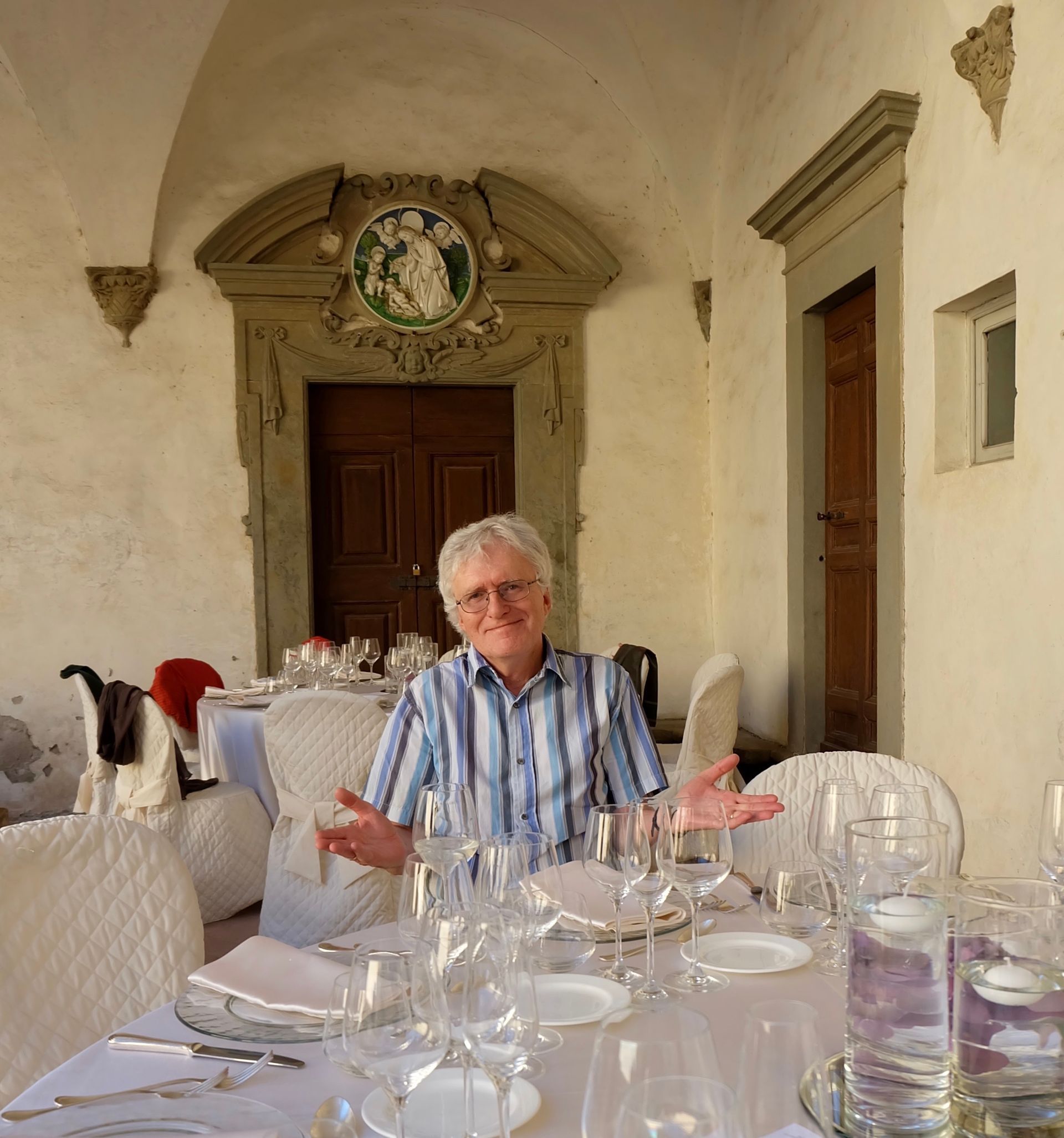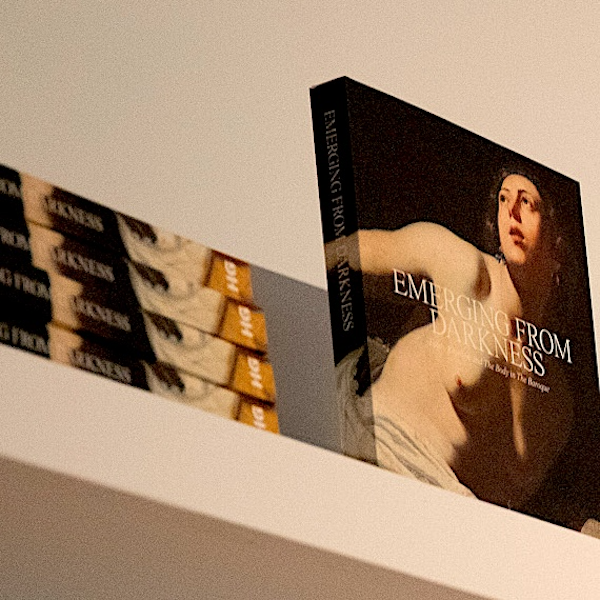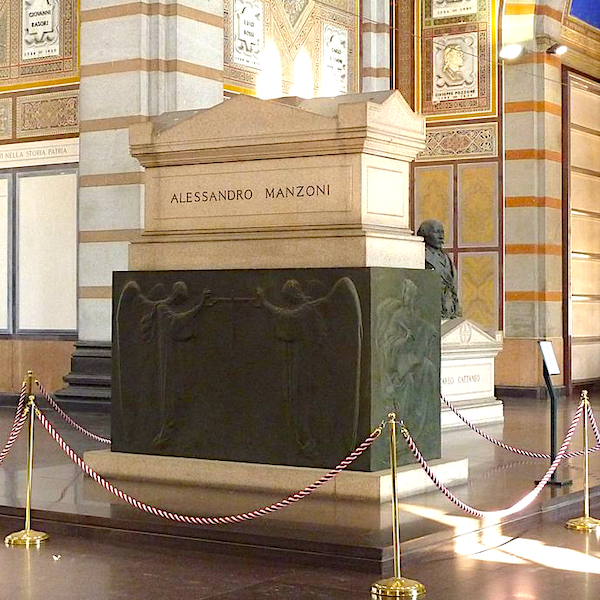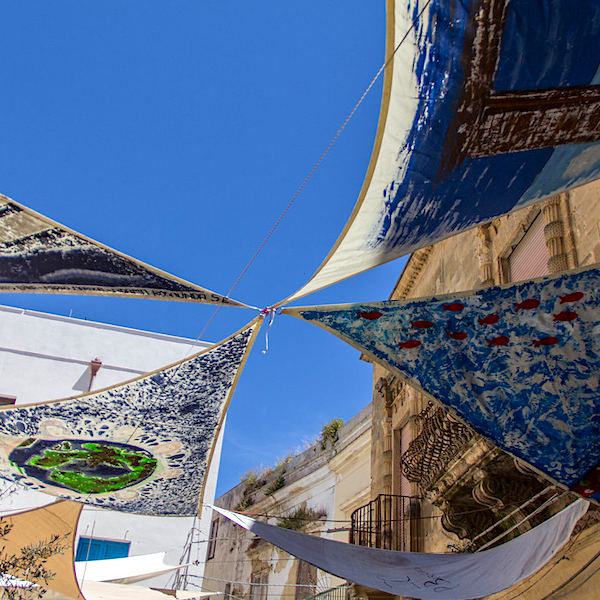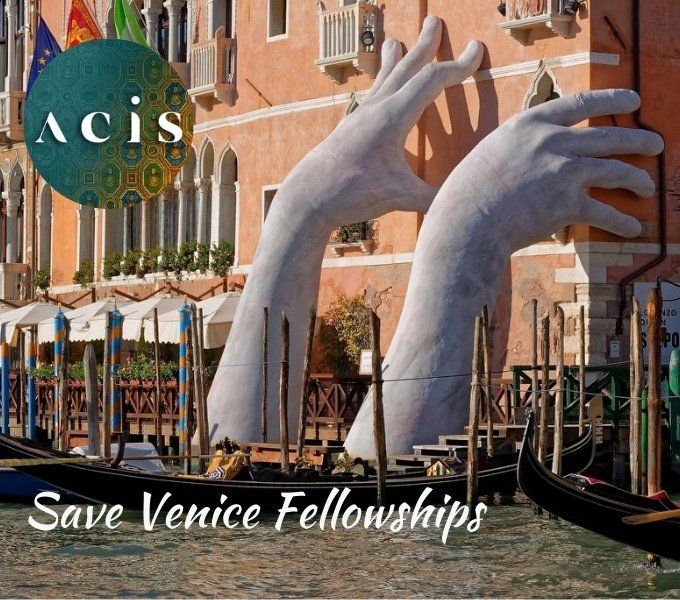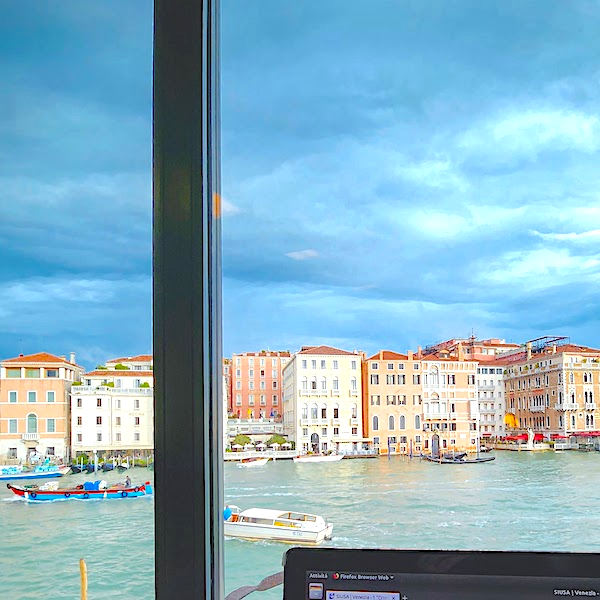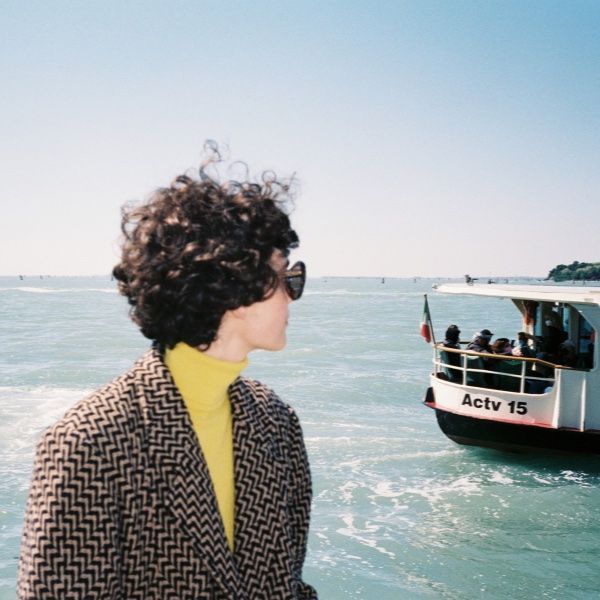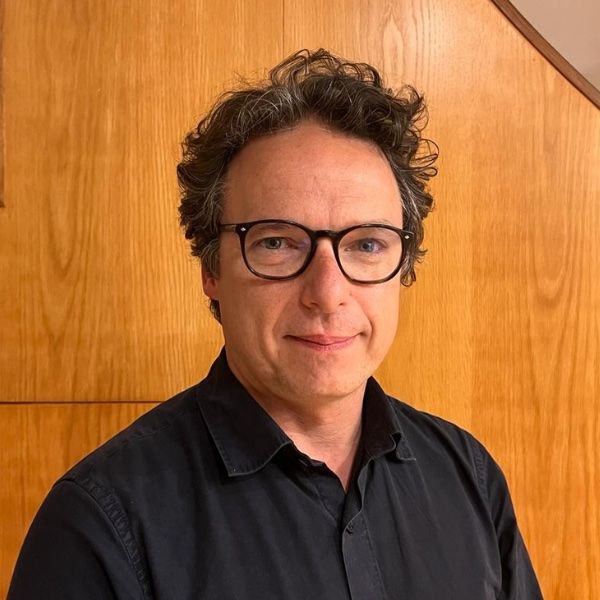A ‘Contrappasso’ against the decline in literary publishing
Theodore Ell University of Sydney
With publishing and reading as we know them ceding ground to electronics (bookshops are closing – Florence just lost Edison and Libreria Martelli), the last thing you might expect anyone to do is found a journal for new writing.  Last year, on the initiative of the writer Matthew Asprey, I helped to do just that. I curate the poetry, Matthew the prose. We are often told that we are brave to do this and even sometimes that we are insane, but to us it is a matter of simple necessity, indeed opportunity. To quote our founding statement, Instead of a Manifesto
, “The fear of the decline of intelligent reading is so widespread that it proves what a huge audience is really there, primed and waiting for something new—publications with no particular agenda beyond helping writers and readers find each other.”
Last year, on the initiative of the writer Matthew Asprey, I helped to do just that. I curate the poetry, Matthew the prose. We are often told that we are brave to do this and even sometimes that we are insane, but to us it is a matter of simple necessity, indeed opportunity. To quote our founding statement, Instead of a Manifesto
, “The fear of the decline of intelligent reading is so widespread that it proves what a huge audience is really there, primed and waiting for something new—publications with no particular agenda beyond helping writers and readers find each other.”
We called our publication Contrappasso Magazine , after the punishments meted out to souls in Inferno and Purgatorio : the equal, opposite and meaningful responses to the wrongs committed. The title suggests an Italian focus and the journal has already made some strong Italian connections, but its outlook is international. We have published work not only from Italy but also from the USA, Britain and, of course, Australia. Translations are welcome, and in this second year we hope to expand the range of original languages (Spanish, Chinese, German, French, Japanese, Russian…). Even so, amidst an enormous variety of subjects, the Italian element has kept coming back, and particularly Italy’s sense of being loaded with legacies, ancient and recent, which the present must negotiate in order to recognise itself.
Pip Muratore researches fin-de-siècle decadence in Italy and France, but the two poems of his in Issue 1 meditate on what it is left of that epoch today: the grand palaces silent and empty, full of museum pieces and ghosts, the mad flourish extinguished. “Vittoriale – house of shades” meanders through the former home of D’Annunzio, observing details which, bereft of the wild mind that assembled them, can never again combine into a coherent whole, and now simply hover, haunting each other.
Likewise haunted is a Neapolitan chapel in “Where Moderns Have No Myths” by Lindsay Tuggle, originally from the southern USA but now living south of Sydney. Lindsay’s poems are made from loosely connected fragments which seem to speak into space, but which accrue into eerie masses of possibility and presence. “Where Moderns Have No Myths” evokes those figures entombed in glass caskets beneath gilt altars. A dislocated whisper tells us to prepare for take-off (into the afterlife?) and to note the nearest exits, amid an unsettling sense of simmering madness. The flowers, votive offerings and polite directions keep repeating themselves, day after day. Death is this hanging around.
Equally the dead do leave some less ambiguous messages, and the problem of living up to them is at the heart of two poems in Issue 2 by Australian poet Mark O’Connor.  Mark has a bond with Italy reaching back many years, having explored its landscapes and classical inheritance in great detail. In Issue 2 Mark observes that the pedestal of a statue of Virgil at Mantua is covered in graffiti – which offers pithy, sceptical comments that make a far better tribute than grandiose marble. In contrast, the massed bones and memento mori
inscriptions of a friars’ cemetery bear down mortality upon the tourists, in all their languages. The message echoes into their casual talk, unconsciously, but enough to unsettle their cheerfulness. It is one thing to acknowledge past lives, but quite another to know how to do them justice.
Mark has a bond with Italy reaching back many years, having explored its landscapes and classical inheritance in great detail. In Issue 2 Mark observes that the pedestal of a statue of Virgil at Mantua is covered in graffiti – which offers pithy, sceptical comments that make a far better tribute than grandiose marble. In contrast, the massed bones and memento mori
inscriptions of a friars’ cemetery bear down mortality upon the tourists, in all their languages. The message echoes into their casual talk, unconsciously, but enough to unsettle their cheerfulness. It is one thing to acknowledge past lives, but quite another to know how to do them justice.
To live out what history demands is a driving force of the poetry of Paolo Fabrizio Iacuzzi, who featured in Issue 2 in translation. His style exercises the Italian language’s capacity for brevity, with the poems accruing as collages of abrupt clauses. The effect is tense and urgent, each phrase bringing home the visceral sense of being personally involved in the moment. Beginning with a recollection of September 11, 2001, in which the terrorist attacks are the background to a diagnosis of serious illness, Issue 2 then presented two suites of poems dwelling on the frailty of the individual in violent cycles of history. In “ Atlante senza nome del giardino ,” irises in the family garden stand as memorials to the fallen at Dachau, while “ Il soldato Beslan ” is a tender but shaken reflection on the massacre in a Russian school in 2004. This poetry is a challenge to take a distant crisis personally.
The darker places in the Italian spirit of course have their happier, sensual opposites, and these appeared in Issue 2 via the poetry of Luke Whitington. Luke lived in Italy for more than twenty years restoring ancient buildings. “San Faustino di Bagnolo, A Story of Strange Incidents” is a large-scale poem that narrates Luke’s first and most involving restoration job, rebuilding a medieval monastery in Umbria, which he discovered, abandoned and derelict, while hiking – and which then followed him long after he had moved on, turning up on the labels of mineral water bottles and in pictures on the walls of Irish fish-and-chip shops. The past clings tight but also embraces warmly: the poem “Venus in Rome” hints at the intimacy growing between strangers while exploring magnificent ruins. These are fresh pictures of Italy’s attractiveness to outsiders, of the magnetism that draws so many of us back.
The outside eye is a major feature of the poetry of Paolo Totaro, which has appeared in both issues of Contrappasso so far. Paolo writes ‘away from’ Italy more often than ‘towards’ it: originally from Naples, he has lived in Australia since the 1960s, bringing an Italian eye, ear and voice to Australian impressions and experiences, expressing the confusion but also the curiosity of a migrant navigating the new environment. Issue 1 featured several of Paolo’s poems in Italian and English, including a triptych inspired by his home suburb of Balmain, depicting local figures – eccentric, elderly, some homeless – who are now themselves outsiders. With confident empathy, Italian offers some insight back to Australia.
All these descriptions add up only to bits and pieces. Most of these poets are also represented in Contrappasso by work on other subjects, to say nothing of the variety of other poets and prose writers, but it is remarkable how quickly the Italian presence in the journal has focused so much of the larger culture. In poetry, Italy gave Contrappasso a lucky start – and the title means there will always be something Italian in the journal’s DNA.
